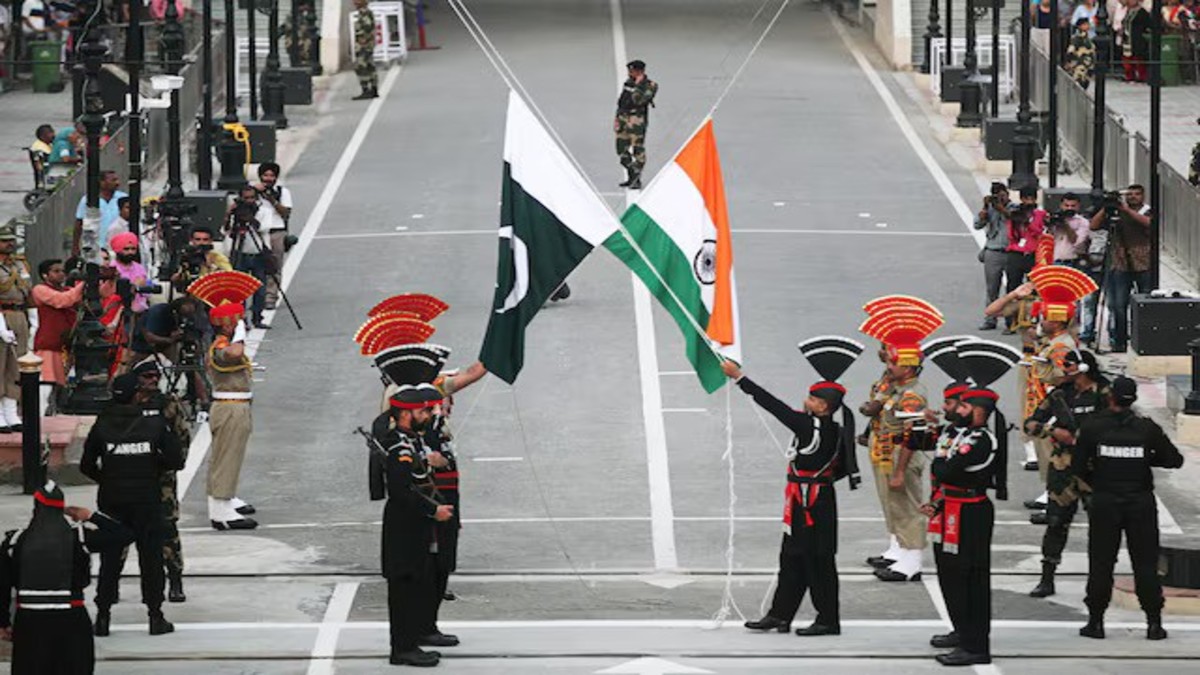The ceasefire requested by Pakistan has been prompted by the Trump team, which has pretended a hands-off policy during the latest flare-up. It seemed it would play for another day or two.
There was no let-up in the trading of drones and missiles between two warring nations for the third day following India’s bold and effective kinetic retribution for the Pahalgam massacre. It deserves repetition that Op Sindoor marked a paradigm shift in India’s response matrix to cross-border terrorism (CBT).
Christine Fair, whose study of Pakistan-sponsored terrorism and proxy wars excels any other study on the subject, has noted that she was terribly surprised by India’s daring strikes against the dens of terrorism in Muridke and Bahawalpur, that too in the heart of Pakistan’s Punjab, adding she was also impressed by the sophistication of the precision strikes. But it did not mean the end of CBT.
So, where were we on the escalation ladder? After testing India’s air defences with drones and missiles for two days, Rawalpindi finally launched its counteroffensive, Operation Buniyan ul Marson – taken straight out of the Quran. It targeted Indian military airfields and installations across the International Border and Line of Control using its full spectrum of air assets, inflicting limited damage and causing civil and military casualties.
India’s response was directed at Pakistan’s air bases, radars, weapon dumps, and command and control facilities, inflicting substantial damage. Further, India’s response was qualified with the usual adjectives ‘non-provocative’ and ‘non-escalatory’. The nature of the damage caused to each other’s war-waging capacity is unknown.
Impact Shorts
More ShortsIndia’s strategy was to locate and take out air defence systems followed by disabling the airfields as part of counter-air operations. The imponderable on May 10 was: is Pakistan satisfied with its ‘one notch up’ response to de-escalation? Or would it attempt further drone and missile strikes to achieve full satisfaction? As the satisfied power, Delhi has regularly indicated its readiness to de-escalate, provided Islamabad follows suit.
Meanwhile, the US has been working the back channel in total secrecy. Pakistan’s DGMO, who traditionally speaks to his Indian counterpart every Wednesday at noon, broke protocol Saturday afternoon at 3 PM to urge for a ceasefire, which was accepted. Also, the ceasefire of February 2021 brokered by the UAE was not cancelled by either side. There were some reports of ceasefire violations, but as per the India Today report, “The Indian Army, in an official statement, said the ceasefire along the LoC is intact and continues to be observed as per the understanding between both the armies.”
So what about the Trump statement claiming full credit for the ceasefire and his desire to hold India-Pakistan talks at a neutral site? Unanswered question: Will India agree to dialogue, breaking its long-held policy that terror and talks don’t go together? If the ceasefire holds, India and Pakistan will have fought their shortest non-contact, four-day standoff aerial war. But Op Sindoor will not end cross-border terrorism. For that, deterrence has to be restored. Meanwhile, India has mowed the grass of cross-border terrorism.
The author is former GOC IPKF South Sri Lanka and founder member Defence Planning Staff, now Integrated Defence Staff, Ministry of Defence. Views expressed in the above piece are personal and solely those of the author. They do not necessarily reflect Firstpost’s views.


)

)
)
)
)
)
)
)
)



